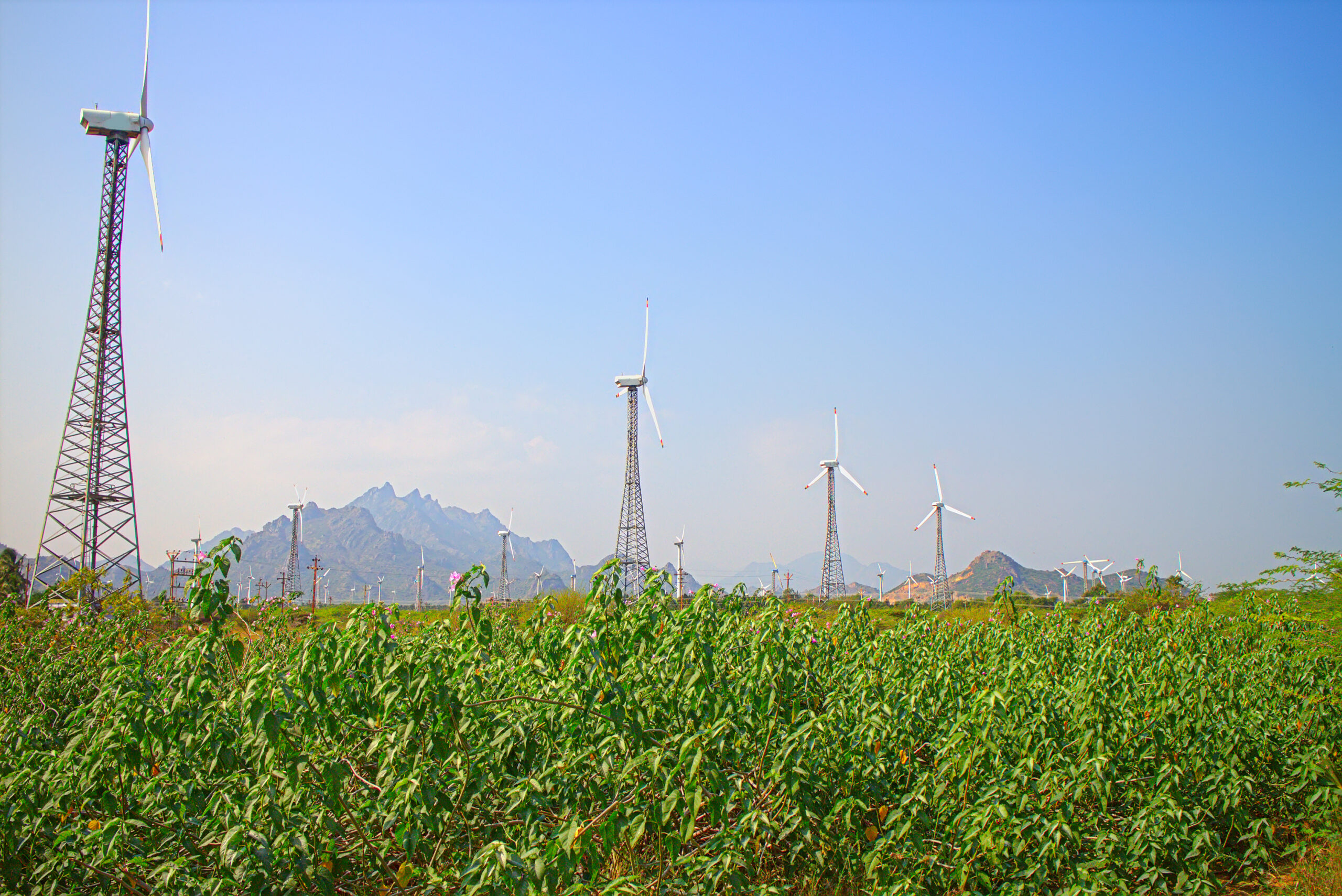Gas, LNG in Asia challenged by cheaper wind, solar
Developers of gas and LNG in Asia, especially Southeast Asia, are being challenged by cheaper wind and solar production costs.

Backers of gas and LNG in Asia, especially Southeast Asia, have a choice to make, whether to stay the course with more gas development or pivot to cheaper and quicker build-out of solar and wind power. Their decision will determine not only economic growth going forward but whether or not the region can collectively meet its net zero by 2050 goals.
The ten-member Association of Southeast Asian Nations (ASEAN) bloc’s gas demand will nearly double by 2050, reaching a record high 350 billion cubic meters (bcm), according to a new Gas Exporting Countries Forum (GECF) forecast. The numbers were presented at a workshop in Jakarta sponsored by the Economic Research Institute for ASEAN and East Asia (ERIA) in February.
The new forecast is a marked increase from gas demand of 160 bcm in 2021. Some 80 bcm of ASEAN gas demand was used for power generation, followed by 50 bcm for the industrial sector that year.
The GECF is also pushing gas as the ideal transition fuel to help Southeast Asia pivot away from its over reliance on coal. It also calls for substantial investment in liquefied natural gas (LNG) regasification terminals and gas-to-power projects in the region.
Low hanging fruit
GECF secretary-general Mohammed Hamel, for his part, sees gas development as “low hanging fruit” that can improve air quality and reduce greenhouse gas (GHG) emissions.
Jun Arima, ERIA’s Senior Policy Fellow for Energy and Environment, furthers the gas transition narrative even more, claiming that “negating fossil fuel investment could prolong the current energy crisis, erode economic growth, and hamper public support for climate actions.”
Currently, 75% of Southeast Asia’s electricity supply is derived from gas and coal-fired power plants, a Center for Strategic & International Studies (CSIS) report found.
The International Energy Agency (IEA) recently projected around three-quarters of the increase in Southeast Asian energy to 2030 being met by fossil fuels, leading to a near 35% increase in CO2 emissions.
Adding to the dilemma, the region is one of the most vulnerable in the world to climate change. It faces fierce and numerous tropical storms, rising sea levels that threaten coastlines and cities, and massive floods and severe droughts, according to the CSIS.
Three of the top 10 countries affected by climate risks between 2000–2019 were Myanmar, the Philippines, and Thailand – all ASEAN members.
Counter claim
Given that gas when used for power production emits at least half of the CO2 emissions as does coal, these arguments are increasingly suspect. Gas is also a major methane emitter. Methane is more than 25 times as potent as carbon dioxide at trapping heat in the atmosphere.
Methane leakage was one of the major issues addressed at the COP26 meeting in Scotland in November 2021. The conference’s Global Methane Pledge includes 111 country participants who together are responsible for 45% of global human-caused methane emissions.
An International Institute for Sustainable Development (IISD) report also found that gas is not a suitable transition fuel. “It’s a wall,” the IISD said, then asked “why are governments still financing it?
One answer is that the global gas industry sees its future in developing countries, particularly in Asia and Africa. The sector is also pressing governments in these regions to make what the IISD called a “dash for gas.”
Gas companies add to the problem since they constantly look for new resources to extract and export. This expansion risks locking countries into a high-carbon pathway, imperiling their economic future and the global climate.
The renewables option
Given the region’s climate obstacles, furthering the use of LNG and gas, particularly until the mid-part of the decade, has to be questioned.
Moreover, solar and wind power projects have reached cost parity with, and in many cases, are now cheaper than their fossil fuel power project counterparts, according to a World Economic Forum report. It also found that the cost of large-scale solar projects by 2020 had plunged 85% in just ten years
Moreover, of the wind, solar and other renewables that came on stream in 2020, nearly two-thirds, some 62%, were less expensive than the cheapest new fossil fuels, according to the International Renewable Energy Agency (IRENA).
By 2020, concentrating solar power costs had dropped some 16%, onshore wind 13%, offshore wind 9%, and solar PV by 7%, the report found. Hence, renewable energy is on an upward trajectory as the cheaper energy source.
LNG to remain
However, LNG will remain a large part of the region’s energy mix, increasing from 26 bcm in 2022 to 100 bcm in 2030, Rystad Energy analyst Kaushal Ramesh told Gas Outlook.
“The case for LNG has certainly been weakened given the high prices and reducing cost of renewables, but there is still far too much coal in the region’s power system and material upcoming power demand growth for LNG to be ruled out,” he said.
Current LNG prices are too expensive, he added, but a period of oversupply is expected in the late 2020s that will enable uptake in some of these countries.
“Technically speaking, it’s gas that’s needed in the power mix to support the uptake of renewables but since many of these countries do not have domestic resources (or have not managed to develop them in time), we will see them import LNG instead.,” he said.



